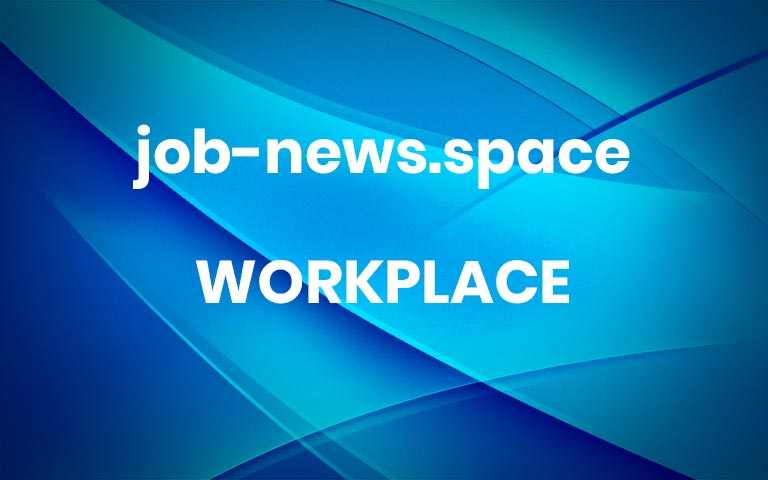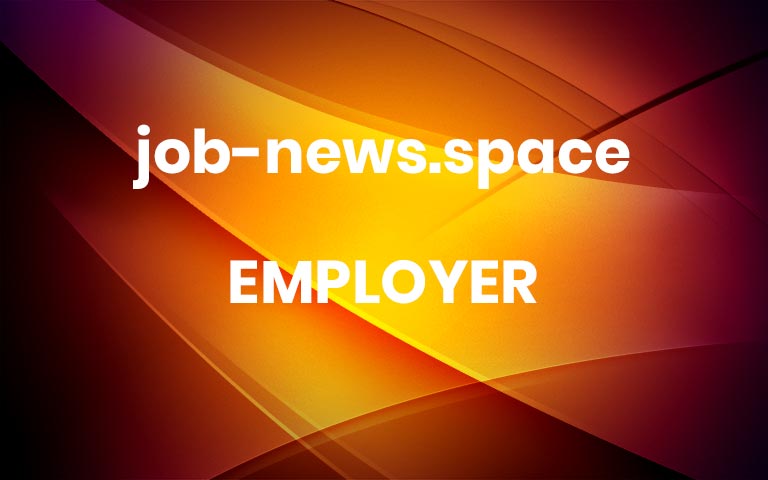5 Smart Ways Talent Teams Can Use AI to Streamline Recruitment
Recruitment teams are no strangers to pressure. With job applications surging, up by 42% year over year, there’s a growing strain on resources, tools, and time. Yet while job seekers are rapidly adopting AI to optimize their resumes and cover letters, many recruiters are still navigating how best to bring AI into their own workflows.
So, where does AI actually make sense for recruiters?
While the hype around Generative AI has been loud, the practical, scalable applications in recruitment are still emerging. The industry has seen a few meaningful wins, largely around speeding up tasks, but we’ve yet to witness widespread AI-led transformation in hiring.
However, that doesn’t mean recruiters should sit idle. In fact, now is the ideal time to prepare, experiment, and upskill. Based on our work at JobAdder, here are five practical ways recruiters can leverage AI now to work smarter and more efficiently.
1. Automate the Admin That Slows You Down
It’s no secret that recruiters spend a significant chunk of time on repetitive, low-impact tasks. Reviewing resumes, extracting skills, formatting candidate profiles, and comparing CVs against job descriptions; these are essential but time-consuming processes.
AI can:
Automatically parse resumes and extract core competencies
Match candidate profiles to job briefs using contextual language models
Summarize experience and highlight potential red flags
These features aren’t about removing the recruiter’s judgment. Instead, they create a faster, cleaner starting point, freeing up time to focus on what matters: candidate engagement, stakeholder communication, and strategic hiring conversations.
2. Improve Job Ad Quality and Clarity
Writing compelling job ads isn’t just about grammar and keywords. It’s about clear communication, inclusive language, and an accurate reflection of what’s actually needed for success in the role.
AI tools can assist by:
Generating first drafts based on role descriptions or templates
Flagging jargon or biased phrasing
Suggesting clearer alternatives based on proven best practices
While these tools shouldn’t replace human editing, they’re valuable for reducing friction in the writing process and ensuring consistency across teams. The result? A better candidate fit and fewer applications from those who are unclear about the role.
3. Focus on Integration, Not Just Innovation
A key reason AI hasn’t been widely adopted in recruitment is simple: it’s clunky to use.
When AI tools sit outside the core recruitment platform, they create extra steps, exporting data, re-entering information, and switching between interfaces. This creates friction and, ultimately, abandonment.
What works better is embedded AI features that show up within the existing workflow:
In-line resume parsing during shortlisting
Candidate insights that surface in CRM profiles
AI-generated summaries built directly into candidate cards
Until full integration becomes the norm, recruiters can still reduce friction by building workflows with clear prompts and templates that minimize toggling between tools.
4. Train Your Team to Speak AI
Adopting AI tools isn’t just a tech upgrade, it’s a skill shift. Teams need to understand how to prompt AI tools effectively, where to trust them, and how to catch the inevitable errors or hallucinations.
At JobAdder, we’ve found that formal training, from engineering teams to recruiters, is essential. Even non-technical team members benefit from exposure to:
Prompt engineering basics
Data privacy implications
Realistic expectations of GenAI capabilities
Recruitment leaders should consider internal “AI champions” or training programs that encourage exploration and experimentation across teams. The better your recruiters understand the tool, the more confident (and efficient) they become.
5. Start with the Problem, Not the Tool
AI has a lot of potential, but not every challenge needs it.
Before rolling out another new platform or chatbot, it’s worth asking: what’s the actual problem we’re solving?
For example:
Are you struggling to prioritize candidates fast enough?
Is your team overwhelmed by scheduling?
Are hiring managers asking for more market intelligence?
Once the pain point is clear, AI can be tested in a focused way, rather than bolted on with vague hopes of efficiency. Recruiters who start small, measure the impact, and iterate will get the most from AI, now and in the long run.
What’s Next for AI in Recruitment?
While the tech industry loves to talk about revolutions, AI’s impact in recruitment may look more like evolution. The gains will be real, but incremental.
Think faster, cleaner and more structured. Not yet a total reimagining of hiring, but a definite shift in how recruiters spend their time.
At JobAdder, we’re doubling down on areas where AI can already add value: working with unstructured data like resumes and job ads, summarizing large volumes of information, and eliminating time-heavy bottlenecks in workflows.
Recruiters who embrace this wave early, not with hype, but with curiosity, will be best positioned to thrive as the technology continues to evolve.
By Joel Delmaire, Chief Product Officer at JobAdder, an end-to-end recruitment platform empowering HR and talent acquisition professionals to simplify and streamline their workflows. He leads product innovation across AI, automation and user experience.
Share this post: More





